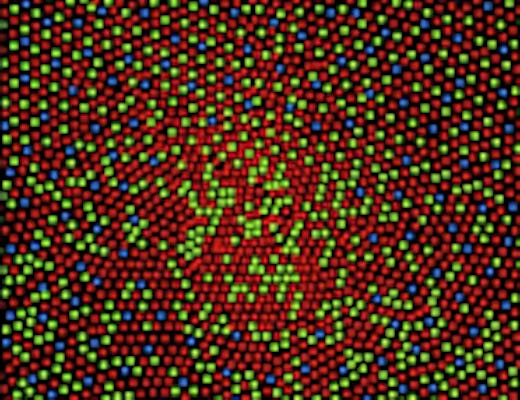Reproducibility Challenges for LED Measurement Instruments
The emergence of solid-state lighting (SSL) has rapidly eclipsed the performance and efficiency capacities of incandescent light bulbs. This technology includes LEDs and emerging organic light emitting diodes (OLEDs), which represent exciting potential for future lighting applications. Despite the tantalizing possibilities of OLED technologies, LEDs are still expected to occupy as much as 70% of the lighting market by 2020. This is due to their enhanced spectral performance, energy efficiency, and comparatively low cost of production.

However, LEDs represent unique challenges for light measurement instruments designed for R&D, quality control (QC), and quality assurance (QA) processes. This is due in part to the extremely tight tolerances that arise from such widespread market saturation. LEDs are ubiquitous in modern life, and they must perform accordingly. Various measuring instruments are used to ensure good batch to batch consistency of LED products.
Measurement Instruments and Driver Difficulties
An LED is a diode comprised of a dual-lead semiconductor with a junction of positive and negative alloys. It lights up when an electrical current is applied to the junction, causing an electron transference between the two metals and subsequent electroluminescence. The colorimetric properties of an LED are determined by the alloying composition of the p-n junction, as well as the thermal conditions of the diode during operation. As the generation of light also generates low levels of heat, variation in an LED’s spectral output is to be expected.
This is unacceptable in modern consumer environments where stable lighting is essential for a healthy commercial or domestic environment. Digital drivers are routinely used to maintain consistent levels of brightness and suitable RGB levels for stable spectral outputs. However, LED drivers display their own unique challenges for light measurement instruments.
Driver-related variations in LED products include spectral power distribution, radiance, luminance, and even stability. Spectral variations such as flicker are considered an almost unavoidable symptom of alternating current (AC) power supplies, but driver issues can also cause visual fluctuation. Multiple light measurement instruments or a single comprehensive measuring solution must be applied during LED development to assess each of these critical characteristics and remove affected products from market circulation.
Assessing the radiometric, spectroradiometric, and photometric behavior of LEDs using varied light measurement instruments is an assured way of mitigating reproducibility issues inherent in SSL manufacturing. Numerous optical configurations are available from Admesy for 100% inspection of LED products in manufacturing environments.
Measurement Instruments from Admesy
Admesy specializes in precise light measurement instruments for repeatable QA processes in manufacturing environments. We offer the Neo series spectrometer and the Asteria series light meter to overcome the most common challenges of LED manufacturing. The Neo series spectrometer can be configured for accurate acquisition of spectral data across the full visible wavelength range (380 – 780nm), with considerations for numerous optical characteristics.
If you would like any more information about the measurement instruments available from Admesy, please do not hesitate to contact us.
[Source: AZOM]

